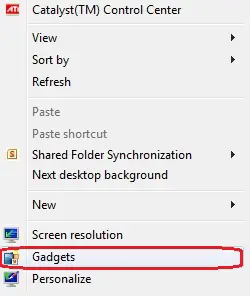
Users could end up with mysterious issues requiring the help of Microsoft Support for troubleshooting, and one of the questions they may ask is, “Have you disabled IPv6?” If you have done so, you might be asked to turn it back on to resolve the issue.

Disabling IPv6 Breaks FunctionalityĪre there negative consequences to disabling IPv6 on a Windows 7 PC? Several features of Windows 7 depend on IPv6 to function as intended, including:

But the underlying components of IPv6 won’t be removed from your system, which is easy to see by opening a command prompt and pinging the IPv6 loopback address ::1 from a command prompt window on the system.įigure 1: Clearing the selected checkbox only removes the binding for IPv6. It simply removes the binding for it from that particular network interface.Īnd if you edit the registry as indicated by this article in the Microsoft Knowledge Base, the binding for IPv6 will be removed from all network interfaces on your system, including LAN, WAN and VPN interfaces.

For example, if you clear the checkbox for IPv6 for your Local Area Connection network interface (see Figure 1), it won’t disable IPv6 on the system. Is it time then for businesses to stop worrying about IPv6 and simply leave it enabled on Windows PCs? The Myth of Disabling IPv6Īctually, you can’t fully disable IPv6 on a computer running Windows 7.

Large ISPs are now beginning to turn on IPv6 for their customers, and most vendors of firewalls, load balancers and other network appliances are starting to claim that their devices fully support IPv6. Both the Internet Assigned Numbers Authority and the Asia-Pacific Network Information Centre have run out of IPv4 addresses to allocate, and RIPE, the European numbering authority, is soon to follow.


 0 kommentar(er)
0 kommentar(er)
